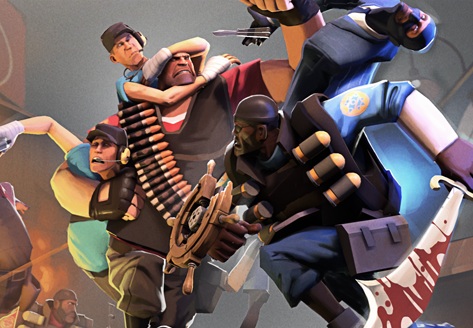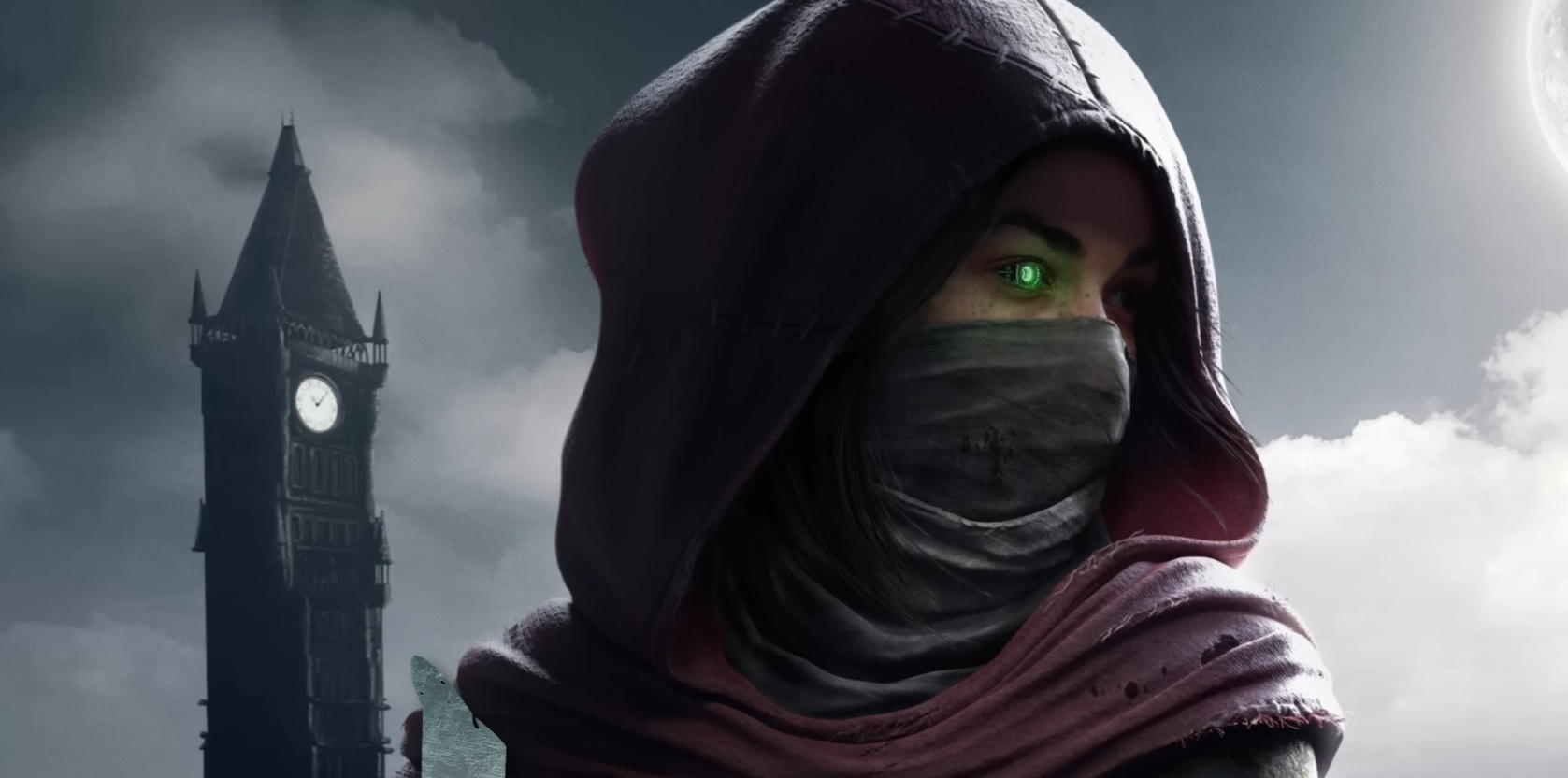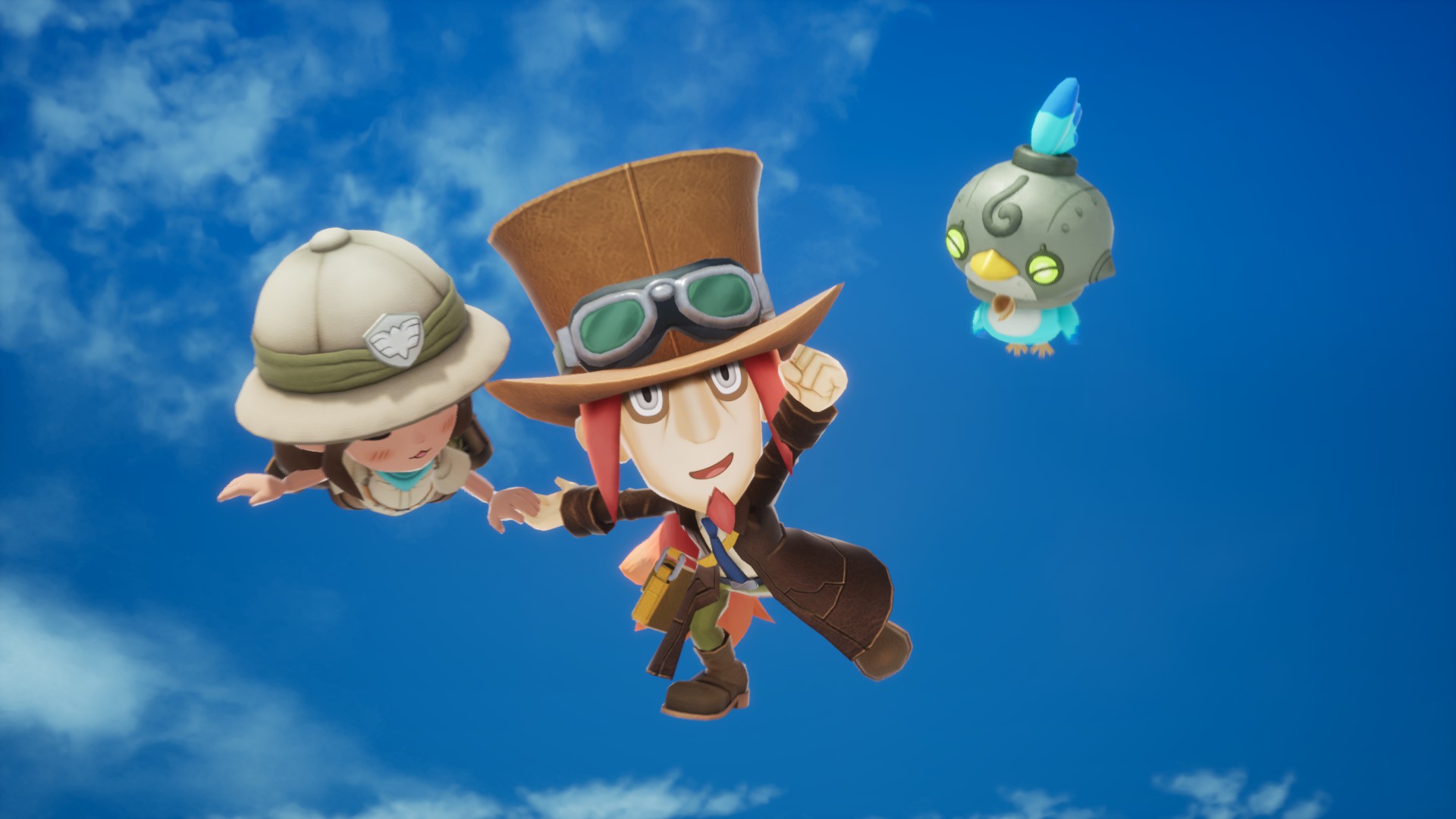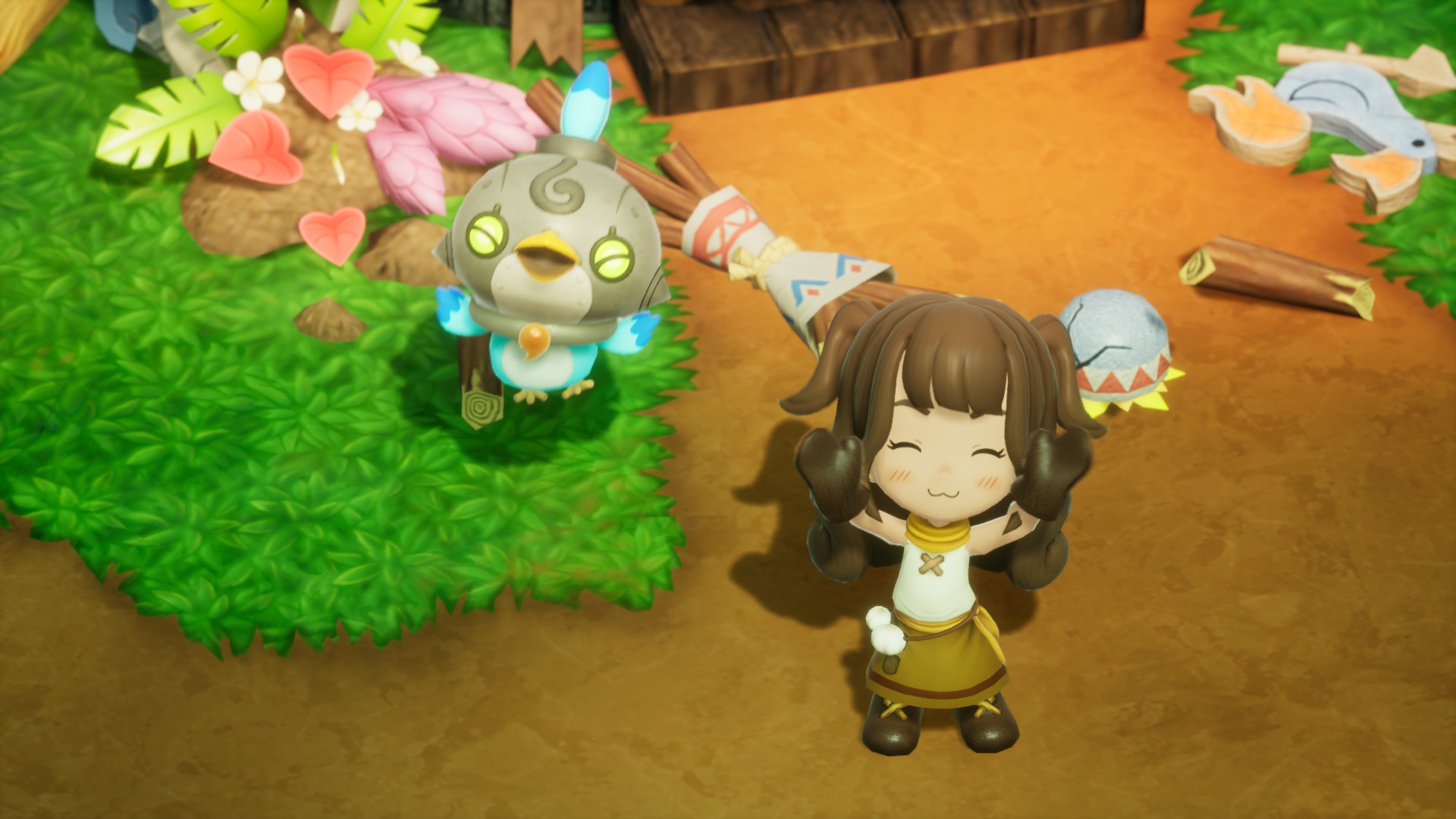
This Denver competition was one of the best showcases I've ever seen for the long-lived FPS.
Team Fortress 2 resides in the long shadows cast by Valve’s pair of popular titans, Dota 2 and Counter-Strike 2. But the class-based FPS has managed to endure despite its little-brother status, perpetuated by a passionate community that includes a competitive scene that’s still producing fireworks.
During May’s Physgun Fireside Denver LAN, one fan I spoke to called the tricontinental tournament “the toughest competition in TF2 history.” The game is nearing 18 years of age, and the caliber of competition has only increased during that time. I’ve spent 2,900 hours in-game and frankly, the worst player on the worst team at Fireside Denver could run circles around me before taunting over my ragdolled corpse—it’d be like a Little Leaguer stepping up to the plate against Shohei Ohtani.
“Right now the competitive scene is probably the best it’s ever been,” said SOAPYMEiSTER, who plays Soldier for the American superteam Like a G6—or just “G6” to fans. What does a TF2 superteam look like, you ask?
In TF2’s biggest competitive gamemode, “Sixes,” teams typically stand by a highly optimized composition: two Scouts, two Soldiers, one Demoman, one Medic. Possessing ample mobility, each of these “generalist” classes can both participate in and flee fights efficiently, leading to a speed-centric Sixes metagame strategized around TF2’s skill-intensive movement system.
Slower classes like Heavy and Engineer only emerge when a team is holed up defending their final control point. Pyro is similarly useful in niche situations, able to negate a Medic’s Übercharge with well-timed airblasts. Sniper and Spy see occasional but glamorous action, usually being deployed to assassinate the enemy Medic or other valuable targets.
Sniping’s a good job mate@FiresideCasts @TF2Essentials @physgunofficial #denverlan #product pic.twitter.com/crtDO994UAMay 26, 2025
Team Fortress titans
G6 bulldozed their way through Fireside Denver, going undefeated en route to the grand finals. But many fans in attendance had favored a different North American team: Froyotech, the historical dynasty of competitive TF2.
Ask any fan who they consider the greatest player of all time. The answer will come in chorus: Grant “b4nny” Vincent. As Froyotech’s founder and captain, b4nny is unique in having forged a full-fledged career out of playing Valve’s wacky hat game competitively—far from the spotlight of mainstream esports glory, most pro-level TF2 players are amateurs with day jobs.
Since the team’s inception in 2014, Froyotech has earned six gold medals at international LANs, more cash winnings than just about every other team combined, as well as respect, envy, and enmity from different corners of the community.
“I’m better than you, b4nny!” howled Taz, a Soldier player representing the Philippines, after scoring a nasty frag on the veteran during a Saturday match. Though Froyotech would trounce Taz’s team in the end, it was an early warning sign. Something clearly wasn’t clicking for the once-ascendant North Americans.
“Froyo has a very complex system,” Habib, the team’s world-renowned Demoman, told me. “We’re used to crowds, but we still crumbled under pressure. It’s all about timing, positioning, execution, and we couldn’t keep up that coordination.”
In the playoffs, Froyotech would fall to an unexpected adversary: Witness Gaming Australia (WG-AU). With competitive TF2 such a niche concern, it takes dedication to get a Down Under team to Denver. Enter Ian “Witness” Faulkner, an esports enthusiast who personally sponsored the Australian and European teams, even taking them hiking in the Rocky Mountains.
“I’ve spent $7,000 on this trip so far. I’m not going to make any of that back,” Faulkner said with a shrug. WG-AU also managed to successfully crowdfund $8,100 AUD ($5,200 USD). Still, even a perfect performance at a LAN wouldn’t offset the heavy costs that come with circumnavigating the globe—an unfortunate con of community-operated competitive scenes like this one.
“When it comes to TF2, I see parallels to Smash Bros … Valve and Nintendo don’t support these communities,” Faulkner suggested. “They play Smash for bags of rice in Japan. We’re at one of the most stacked TF2 tournaments of all time and we’re basically playing for bags of rice.”
But what’s a better distraction from finances than a victory over the greatest team in TF2 history, at the game’s most prestigious LAN in eight years? “Honestly, I was shitting myself,” said Conor, a Soldier for WG-AU. “Just to play against Froyo would have been special, but to win? It’s the biggest moment we’ve ever had.”
Not the biggest moment for long, though. In the semifinals, the Aussies faced Balls LAN Team, an ensemble of experienced pros who had banded together to see how they’d fare in Denver against more established rosters. Led by former Froyotech star Jayhyunpae, whom multiple fans described to me as the most mechanically gifted player in the game, the Balls boys were serious contenders.
WG-AU, however, proved too much to handle, winning the most important TF2 series in their nation’s history and becoming the first Australian team to medal in an international tournament. Though they would place 3rd overall after losing a close contest to sister team Witness Gaming Europe (WG-EU), breaking “the 4th place curse” that had forever plagued Aussie TF2 was well worth their price of admission.
Australia break the 4th place curse pic.twitter.com/UcbAyDhSNQMay 26, 2025
Speaking of WG-EU, their chances didn’t look good going into the grand final. I spoke to dozens of players, fans, and analysts, hearing versions of the same refrain: “G6 is unbeatable.”
But the Europeans gave as good as they got. On the grand final’s second map, Process, G6 battered WG-EU back to their last point, forcing the underdogs to defend with everything they had. To murmurs from the crowd, the European Medic, Auto, switched his loadout from the meta-defining ÜberCharge to the Kritzkrieg, a risky choice that provides massive damage but zero invulnerability.
One WG-EU Scout, Toemas, scurried into spawn, switching classes and waddling out as the iconic Heavy Weapons Guy. As G6 smashed their way to the point, Auto activated his Kritzkrieg on Toemas, unleashing a barrage of, to quote the hollering audience, “laser beams!”
After this game-saving play, the Europeans managed to eke out a win on Process before taking the next two maps as well, upsetting the undefeated G6 superteam and winning the tournament. In a post-match interview, commentator Tcmano called WG-EU “the best team in TF2” and somewhat begrudgingly gave European TF2 its flowers. “You have come to North America, you have championed your region, proving Europe is the best,” he said. “I’ve been forced to admit it. At least for right now.”
For right now
Compared to modern esports, competitive TF2 is well past its prime. Its glory days dusked a decade ago. But TF2’s seasoned pro players are as devoted as ever, and there’s plenty of young blood flowing through the scene.
Two of the highest-level Demomen of all time exemplify this dynamic: Froyo’s Habib and G6’s Logan. “He’s better than me now. I’m not 20 anymore,” came a humble admission from Habib. Logan, almost bashful, responded, “Habib taught me everything.”
The community may be tight-knit, but does that leave room to grow? Balls leader Jayhyunpae believes that, barring a miracle intervention from Valve, an evolution to the meta may be necessary. “Being a long-time player, I want to see changes to competitive,” he said. “I’d like new maps, new strategies, different classes. Anything, really.”
Even b4nny, TF2’s most infamous Sixes stickler, sees a need to adapt. “Part of me does understand where Valve is coming from with their [no restrictions] competitive format,” he shared. “We could relax unnecessary weapon bans. Competitive has this label of being very elitist, kind of looking down upon casuals, and I think that we would need to really rebrand a little bit.”
Many fans and players I talked to felt comfortable labeling Fireside Denver as a “grand finale” for the competitive scene, due to the sheer cost and effort required to host a big, grassroots tournament. But in b4nny’s opinion, there’s as much time left for TF2 as players keep putting into it.
“I heard people say ‘This is the final LAN’ in 2019,” the Froyotech captain said, shaking his head. “If we stay optimistic and focus on doing the things that we can do as a community–putting on events, making content, engaging the playerbase ourselves. I think the game never has to go away.”








